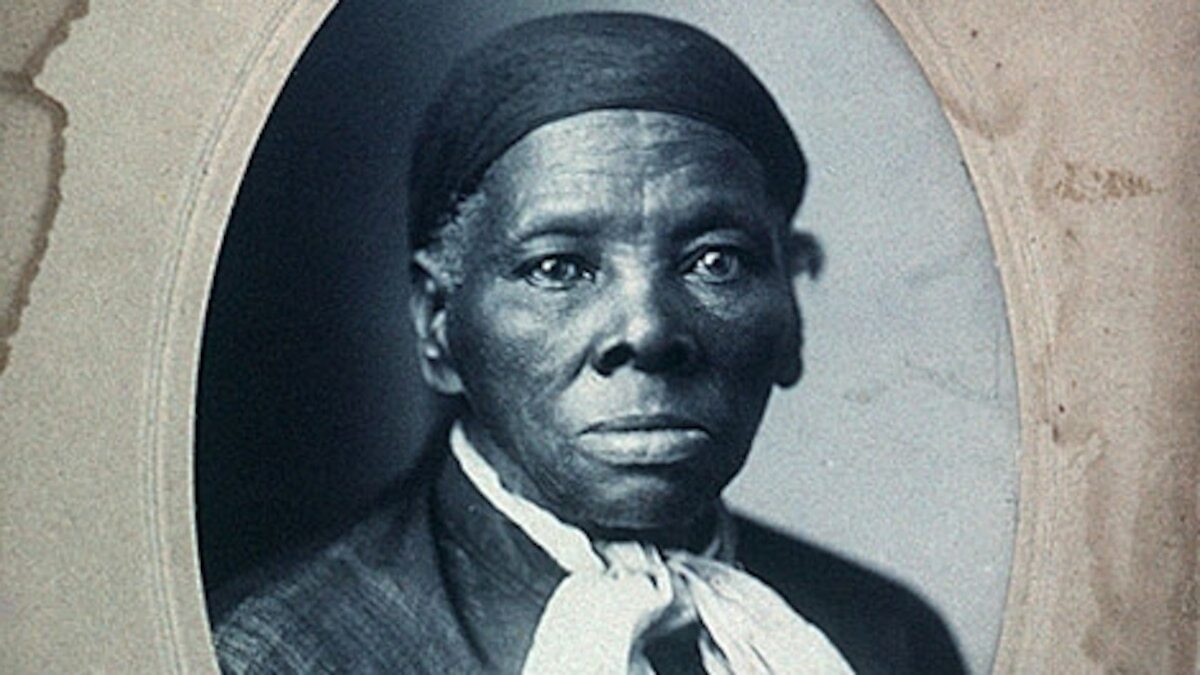
Harriet Tubman is one of the most iconic figures in American history. Born into slavery, she escaped and then risked her life repeatedly to lead others to freedom via the Underground Railroad. But how much do you really know about her? Did you know she also served as a spy and nurse during the Civil War? Or that she was the first woman to lead an armed expedition in the war? Tubman's life is filled with incredible stories of bravery, resilience, and unwavering commitment to justice. Let's dive into 35 amazing facts about Harriet Tubman that highlight her extraordinary life and legacy.
Key Takeaways:
- Harriet Tubman, a former slave, became a fearless leader who helped many escape to freedom through the Underground Railroad and served as a spy and scout during the Civil War.
- Despite facing challenges and financial struggles, Harriet Tubman's legacy continues to inspire people worldwide, and her impact on American history is celebrated annually on Harriet Tubman Day.
Early Life of Harriet Tubman
Harriet Tubman, born Araminta Ross, is one of the most iconic figures in American history. Her early life was filled with challenges that shaped her into the courageous leader she became.
- Harriet Tubman was born into slavery in Dorchester County, Maryland, around 1822.
- Her birth name was Araminta Ross, but she later changed it to Harriet in honor of her mother.
- Tubman was one of nine children born to Harriet "Rit" Green and Ben Ross.
- She suffered a severe head injury as a child when an overseer threw a heavy metal weight, causing lifelong health problems.
- Despite her injury, Tubman developed a deep faith in God, which guided her throughout her life.
Escape from Slavery
Harriet Tubman's escape from slavery marked the beginning of her journey as a freedom fighter. Her determination and bravery were evident from the start.
- In 1849, Tubman escaped from slavery using the Underground Railroad, a network of secret routes and safe houses.
- She traveled nearly 90 miles to Pennsylvania, a free state, by herself.
- Tubman used the North Star to navigate her way to freedom.
- After reaching freedom, she adopted the name Harriet Tubman to signify her new life.
- Tubman vowed to return and help others escape, despite the dangers involved.
The Underground Railroad
Harriet Tubman became a key figure in the Underground Railroad, risking her life to lead others to freedom.
- Tubman made 13 missions to rescue approximately 70 enslaved people, including family and friends.
- She used various disguises and clever tactics to avoid capture.
- Tubman never lost a single passenger on her missions.
- She often carried a gun for protection and to encourage those who were frightened to continue.
- Tubman worked with other abolitionists, including William Still and Thomas Garrett, to coordinate escapes.
Civil War Contributions
During the Civil War, Harriet Tubman continued her fight for freedom by serving in various roles for the Union Army.
- Tubman worked as a cook and nurse for the Union Army.
- She also served as a scout and spy, gathering valuable intelligence behind Confederate lines.
- Tubman became the first woman to lead an armed expedition during the Civil War.
- In 1863, she led the Combahee River Raid, which freed more than 700 enslaved people.
- Tubman received little compensation for her wartime efforts, despite her significant contributions.
Later Life and Legacy
Harriet Tubman's later years were marked by continued activism and efforts to improve the lives of others.
- After the Civil War, Tubman settled in Auburn, New York, where she cared for her aging parents.
- She married Nelson Davis, a Civil War veteran, in 1869.
- Tubman was active in the women's suffrage movement, working alongside leaders like Susan B. Anthony.
- She established the Harriet Tubman Home for the Aged, providing care for elderly African Americans.
- Tubman struggled financially in her later years, despite her heroic efforts.
Honors and Recognition
Harriet Tubman's legacy has been honored in numerous ways, reflecting her enduring impact on American history.
- Tubman was buried with military honors at Fort Hill Cemetery in Auburn, New York, in 1913.
- In 1944, the United States Maritime Commission launched the SS Harriet Tubman, a Liberty ship named in her honor.
- Tubman was the first African American woman to be featured on a U.S. postage stamp in 1978.
- In 2016, the U.S. Treasury announced plans to feature Tubman on the $20 bill.
- Numerous schools, parks, and museums across the country are named after Harriet Tubman.
Cultural Impact
Harriet Tubman's story continues to inspire and influence various aspects of culture and society.
- Tubman's life has been the subject of numerous books, films, and documentaries.
- The 2019 film "Harriet" brought her story to a new generation, earning critical acclaim.
- Tubman's bravery and leadership have made her a symbol of resistance and freedom.
- Her legacy is celebrated annually on Harriet Tubman Day, observed on March 10th.
- Tubman's impact extends beyond the United States, inspiring freedom movements worldwide.
Harriet Tubman's Legacy
Harriet Tubman's legacy is nothing short of extraordinary. Her bravery, determination, and unwavering commitment to freedom have left an indelible mark on history. Tubman didn't just escape slavery; she risked her life repeatedly to lead others to freedom through the Underground Railroad. Her efforts during the Civil War as a nurse, scout, and spy further showcased her dedication to justice and equality. Tubman's work didn't stop there; she was also a fierce advocate for women's suffrage. Her life is a testament to the power of courage and resilience. Remembering Tubman's contributions helps us appreciate the struggles and triumphs of those who fought for freedom and equality. Her story continues to inspire generations, reminding us that one person's courage can change the course of history. Harriet Tubman remains a symbol of hope, strength, and the relentless pursuit of justice.
Frequently Asked Questions
Was this page helpful?
Our commitment to delivering trustworthy and engaging content is at the heart of what we do. Each fact on our site is contributed by real users like you, bringing a wealth of diverse insights and information. To ensure the highest standards of accuracy and reliability, our dedicated editors meticulously review each submission. This process guarantees that the facts we share are not only fascinating but also credible. Trust in our commitment to quality and authenticity as you explore and learn with us.


